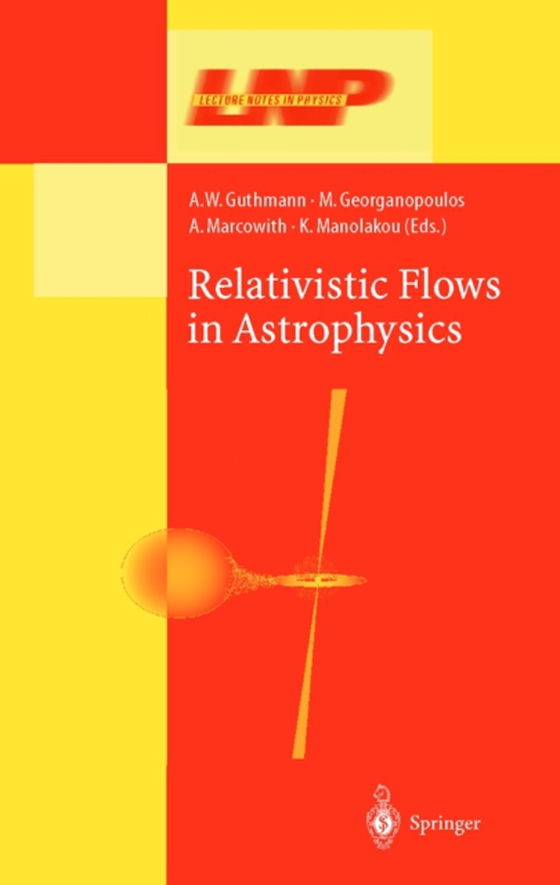
Relativistic Flows in Astrophysics e-bog
546,06 DKK
(ekskl. moms 436,85 DKK)
1. 1 Schematic Picture of AGN Some galaxies are known to emit radiation with extremely high luminosities from a rather small volume in the ??ray, X-ray and UV continuum. Such active cores are the so-called Active Galactic Nuclei (AGN) and the radiation is commonly believed to be a result of gravitational energy released by matter spiraling around 9 a supermassive central black hole of about 10 ...
E-bog
546,06 DKK
Forlag
Springer
Udgivet
11 januar 2008
Genrer
Astrophysics
Sprog
English
Format
pdf
Beskyttelse
LCP
ISBN
9783540460251
1. 1 Schematic Picture of AGN Some galaxies are known to emit radiation with extremely high luminosities from a rather small volume in the ??ray, X-ray and UV continuum. Such active cores are the so-called Active Galactic Nuclei (AGN) and the radiation is commonly believed to be a result of gravitational energy released by matter spiraling around 9 a supermassive central black hole of about 10 M (see Fig. 1). Though the central engine which produces the enormous observed activity cannot be resolved observationally, a standard picture of an AGN has gradually emerged to explain the richness of the radiation spectra: * an accretion disk with radius from about 2 to 100 gravitational radii, R , g feeding the central black hole and emitting mainly in the UV and soft X-rays; * the broad line optically emitting clouds (BLR), which seem to be absent in 3 some sources (e. g. FRI, see hereafter) and extend up to a few 10 R from g the center.
 Dansk
Dansk

